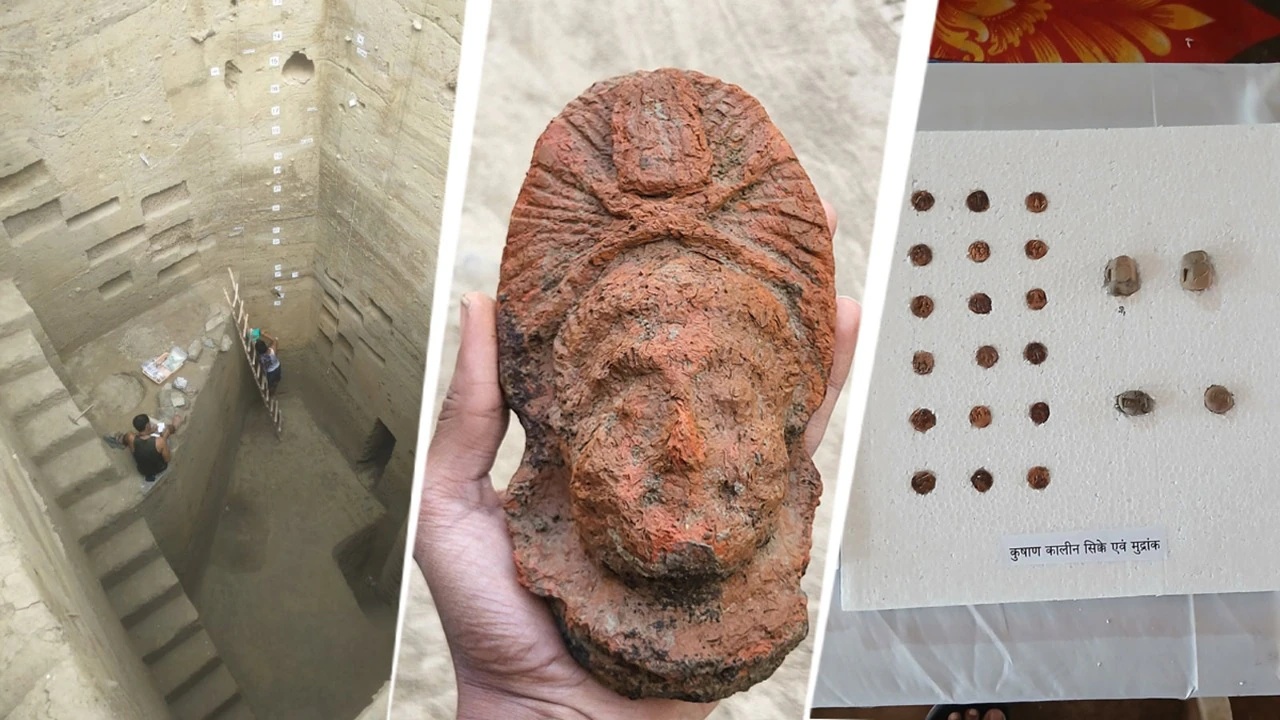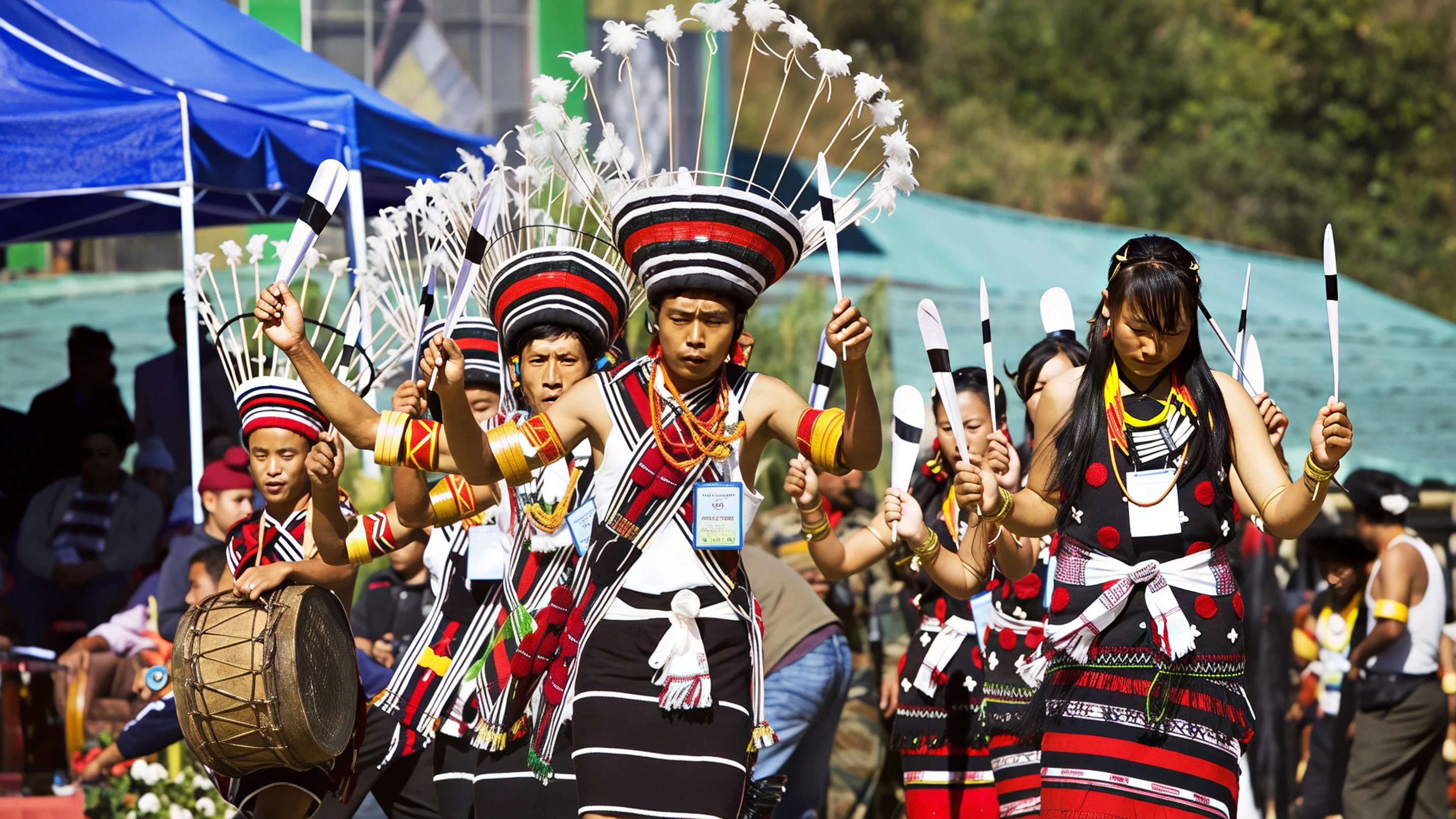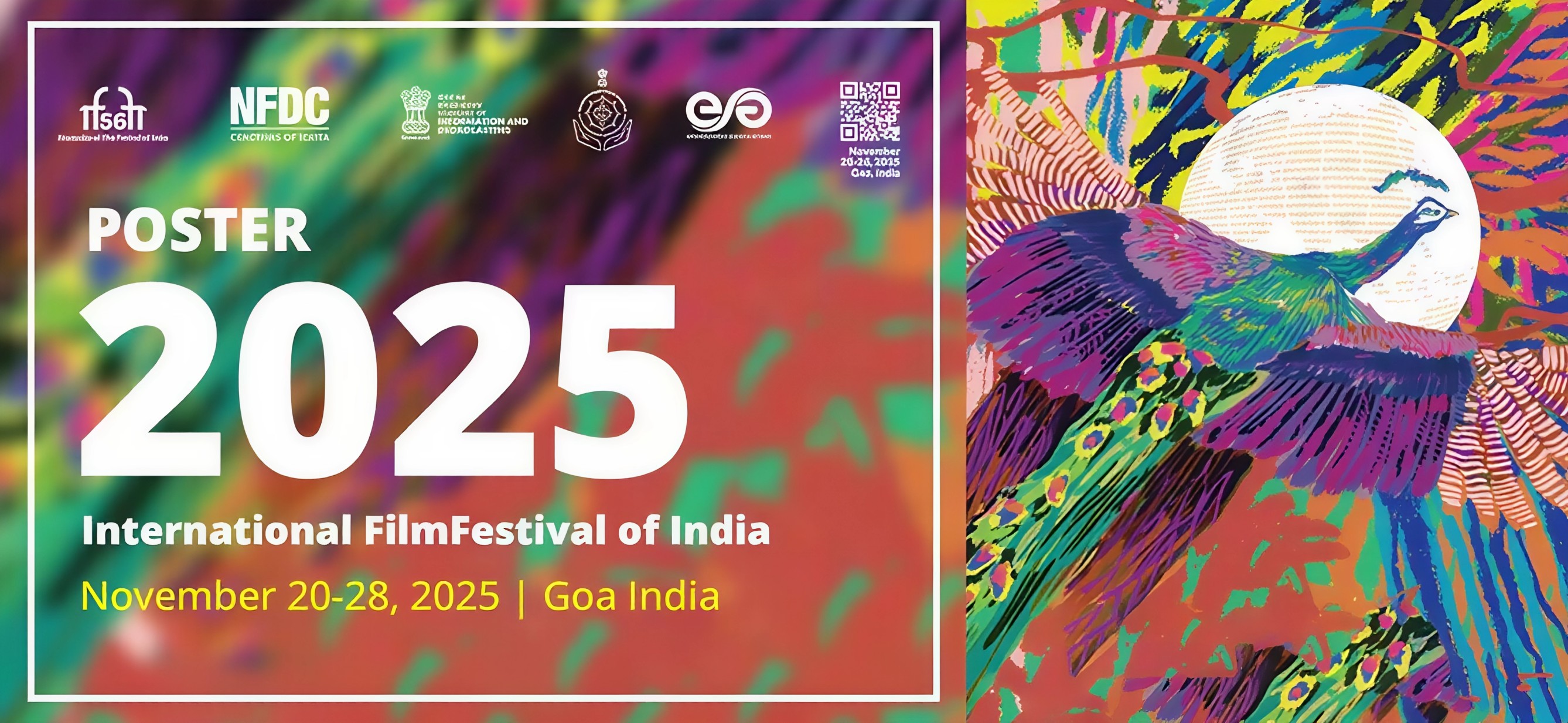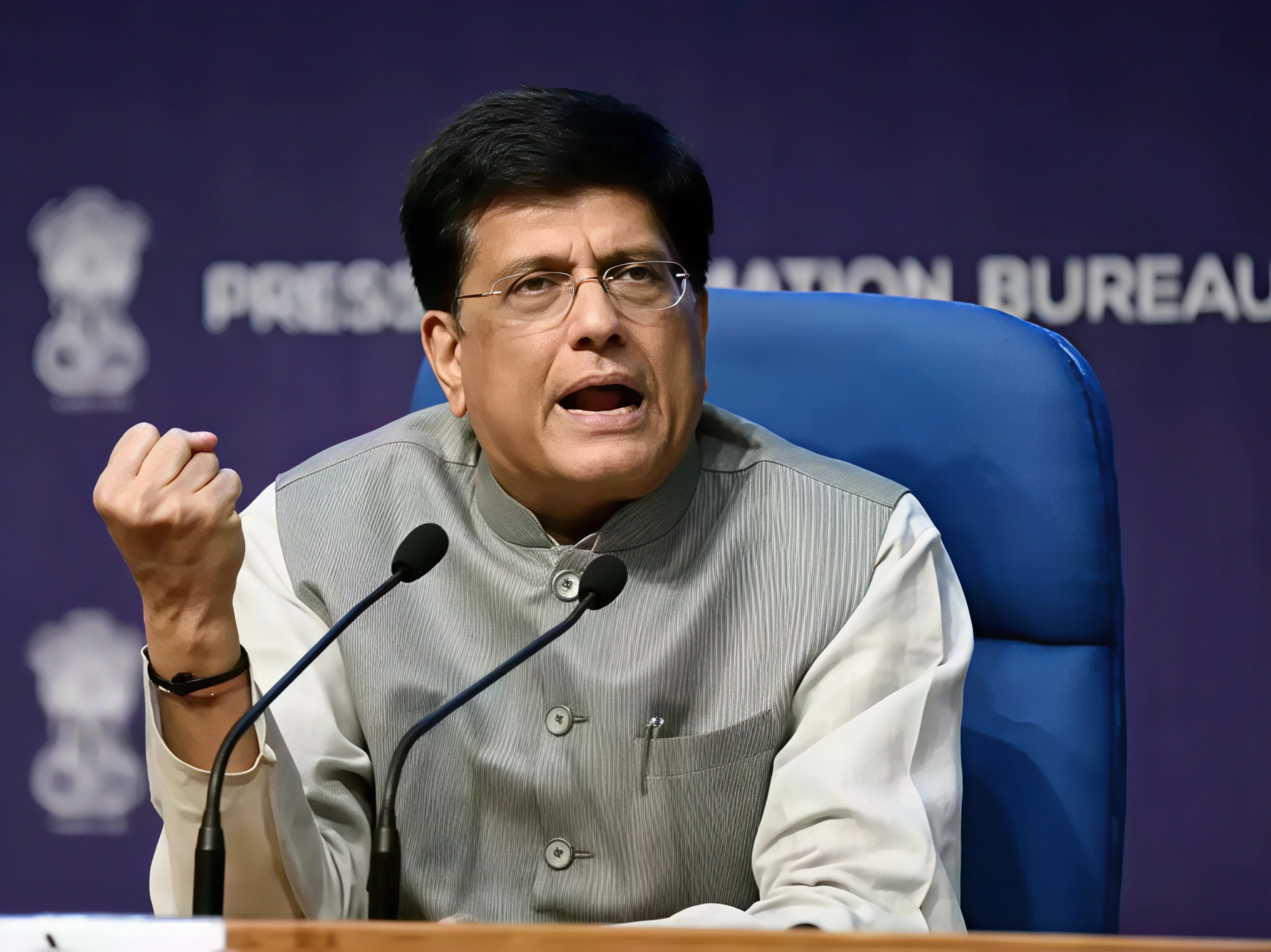The quiet town of Deeg in Rajasthan has now made headlines for reasons far older than its Mughal era palaces. The Archaeological Survey of India recently confirmed that an excavation in Bahaj village near Deeg has revealed evidence of a 4500 year old civilisation. Among the most significant discoveries is a 23 metre deep paleo channel believed to be connected to the ancient Saraswati River mentioned in the Rig Veda. This single find not only validates long standing myths about the river’s existence but also places Deeg firmly within the cultural and historical landscape of ancient India.
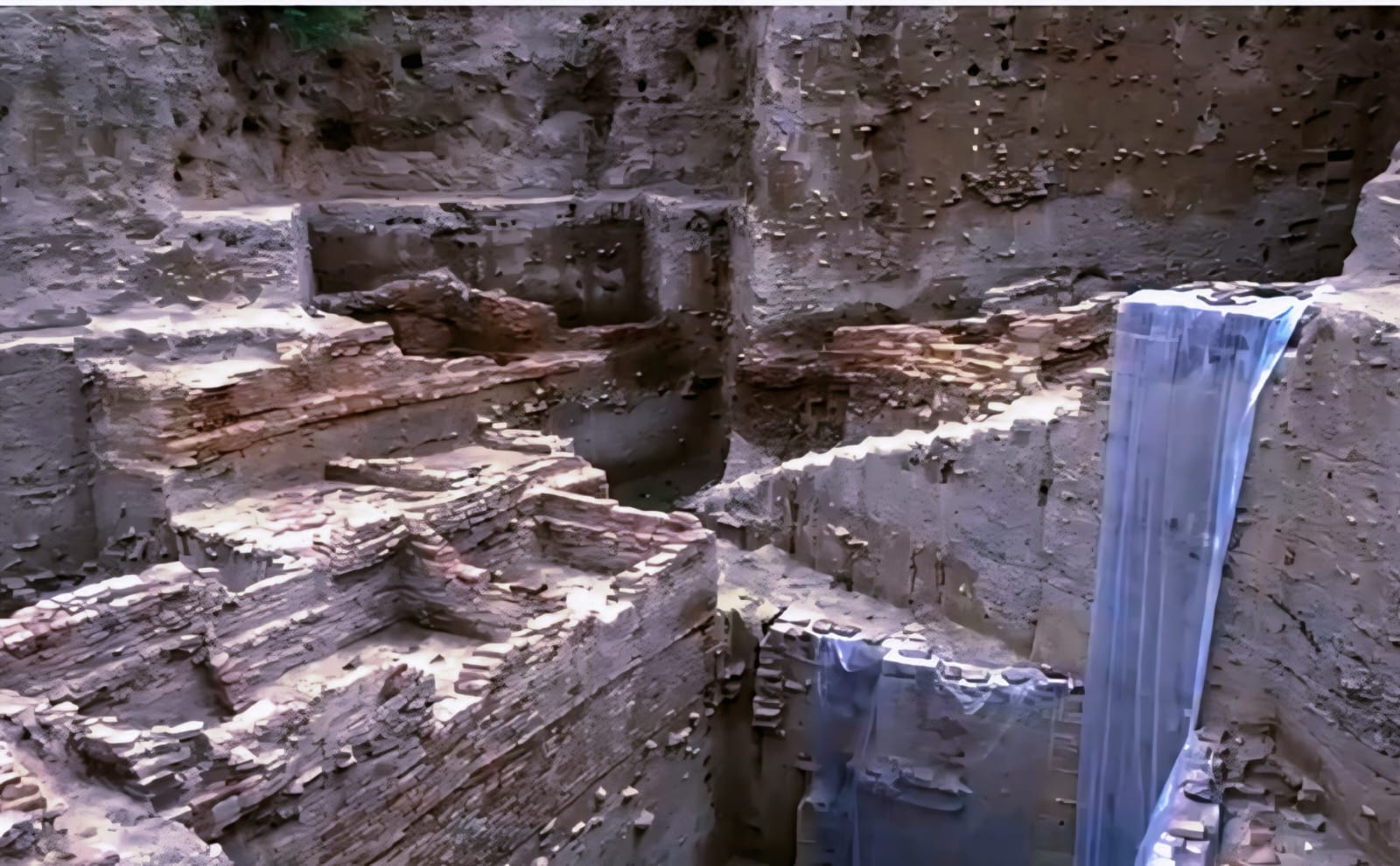
The excavation, which began in January 2024, has uncovered more than 800 artefacts that point to continuous human activity over several thousand years. These include pottery, seals with Brahmi script, copper coins, sacrificial fire pits, tools made from bone, and sculptures from the Mauryan period. The idols of Lord Shiva and Parvati found at the site are further evidence of the region’s deep rooted spiritual and cultural practices.
What makes this excavation unique is the identification of five distinct periods of human settlement. Researchers have linked findings to the post Harappan era, the Mahabharata period, and the reigns of the Mauryan, Kushan, and Gupta dynasties. The sheer depth of the dig, at nearly 23 metres, makes it the deepest ever conducted in Rajasthan. It is not just a milestone in archaeological achievement but also a window into how early civilisations evolved in this region.
The site adds to ASI’s growing list of important discoveries across India. In recent years, similar breakthroughs include megalithic structures in Kerala, centuries old inscriptions in Telangana, and multi era settlements in Vadnagar, Gujarat. These excavations paint a vivid picture of India’s vast and diverse history, pieced together one layer at a time.
Deeg, already known for its majestic palaces and heritage architecture, now offers a much older story for travellers to uncover. The Deeg Palace complex, featuring gems like Gopal Bhavan, Suraj Bhavan, and the unique Keshav Bhavan with its artificial rainfall system, reflects the opulence of its royal past. Nearby, the Deeg Fort stands tall with its moats and grand gateways, whispering tales of battles and grandeur. Visitors can explore these architectural wonders and now also imagine what life might have looked like in this land thousands of years before.
For travellers planning a visit, Deeg is easily accessible from Agra and Bharatpur, with Agra Airport being the nearest air connection and Bharatpur Junction the closest major railway station. The best time to explore Deeg is from September to March when the weather is more pleasant. Summer months are best avoided due to high temperatures.
A short drive from Deeg leads to the Bharatpur Bird Sanctuary, also known as Keoladeo National Park. This UNESCO World Heritage site is a haven for birdwatchers and nature lovers, offering a peaceful escape into the rhythms of wildlife. The nearby Bharatpur Palace and its Kamra Khas museum further enrich the region’s cultural offerings, blending Mughal and Rajput architectural styles.
Deeg is no longer just a stopover for those visiting Rajasthan’s royal trail. With this recent archaeological breakthrough, it has become a site of national and historical importance. It invites not just tourists but also those curious about India’s deep and diverse roots. This ancient civilisation once thrived where quiet roads now run and where centuries old palaces draw the eye. The soil of Deeg, it seems, holds more than stories. It holds secrets waiting to be told.
For more fascinating stories on Indian heritage, archaeological wonders, and historical travel destinations, follow Travel Moves on Instagram and Facebook.

